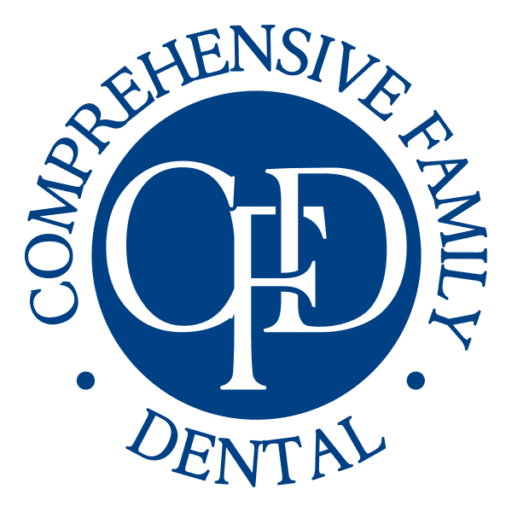Seeing your child smile is heartwarming, but sometimes their teeth are not perfectly aligned. You may wonder when the right time is to get braces for your child. Understanding orthodontic treatment for kids is important because a bright smile is valuable, and straight teeth are a great investment.
The Best Time for Orthodontic Treatment
Knowing the best time to start your child’s braces journey is essential for effective treatment. Early intervention can lead to better long-term oral health.
Early Orthodontic Evaluation
The Academy of Airway and Gnathologic Orthopedics
https://www.aago.com/public/main.cfm recommends an orthodontic check-up for kids well before all primary teeth fall out. This early evaluation helps spot potential issues with teeth and jaw development, in order for Dr. Rainey to plan along with the child’s parents when the best time to start needed treatment.
Monitoring Permanent Tooth Development
As your child’s permanent teeth start coming in (around ages 5-7), it’s essential to monitor their oral development. Dr. Rainey can identify subtle issues with jaw growth, overcrowding, or misaligned teeth early.

Signs Your Child Might Need Braces
Every child’s dental journey is different than another’s, but some common signs indicate the need for braces. Below are the typical indicators that it’s time for your child to get braces!
Crowded Teeth
Too many teeth in a small space can make chewing and speaking difficult. Crowded teeth are also harder to brush and floss properly, which leads to plaque build-up and cavities. Orthodontic treatment can straighten the teeth. This makes them easier to clean and improves their appearance. Fixing crowded teeth early can prevent bigger dental problems later.

Early or Late Loss of Baby Teeth
Losing baby teeth too late can affect how permanent teeth come in. If baby teeth stay too long, they can block permanent teeth from coming in properly. Regular dental check-ups can help monitor and manage the timing of needed orthodontic treatment.
Underbite or Overbite
Misaligned top and bottom teeth can cause wear and tear, leading to chipping or breaking. An underbite or overbite can also affect how you bite and chew food and cause digestive issues. Orthodontic treatment can fix these bite problems. This improves function and prevents damage to the teeth. Addressing these issues early can improve long term outcomes for the patient.
Mouth Breathing
Breathing through the mouth can change the shape of the face and jaw. This habit can cause dental problems like dry mouth, which increases the risk of cavities. Mouth breathing can also affect how the jaw develops and how the teeth line up. Seeing Dr. Rainey can help find the cause of mouth breathing and suggest treatments to improve oral and facial health.
Braces Options and Treatment Details
At the beginning of your child’s time with braces, you have to decide what type of braces you want and know the facts that come with treatment.

Types of Braces Available
There are several types of braces available, each with its own benefits and considerations. Below are the options you can choose from for your orthodontic needs!
Traditional Metal Braces
Traditional metal braces are made of stainless steel and can be customized with colorful elastics. They are the most common type and work well to fix many dental problems. They are strong and can handle daily activities like eating and brushing. Many kids like to personalize their braces with different colors.

Ceramic Braces
Ceramic braces have brackets that match the color of your teeth, making them less noticeable. They look better than metal braces but can be more fragile and need extra care to avoid staining. They work just as well as metal braces to correct dental issues.
Clear Aligners
Clear aligners, like Invisalign, are removable, see-through trays that slowly move your teeth into place. They are popular with older kids and teens who want an almost invisible option. They are not suitable for all dental problems.

Duration and Adjustments in Treatment
Treatment duration varies, but most kids wear braces for 18 to 30 months, with adjustments every 4 to 8 weeks. After braces, a retainer is often needed to maintain results.
Managing Discomfort from Braces
Braces can cause mild soreness after adjustments. This discomfort is temporary and can be managed with pain relievers or soft foods. Sometimes, teeth may need to be extracted to create space for realignment.
Timing Is Everything
Starting braces at the right age and addressing issues early can set your child up for a lifetime of healthy smiles. If you notice any signs or are curious about your child’s needs, schedule a consultation with Dr. Rainey . Investing in your child’s orthodontic journey gives them a bright smile and strengthens their overall oral health for years to come!
Comprehensive Family Dental, located in Victoria, Texas, is dedicated to providing exceptional dental care for patients of all ages. Our team of experienced professionals offers a wide range of services, including preventive, restorative, and cosmetic dentistry. We are committed to creating a welcoming and comfortable environment, ensuring every visit is a positive experience. At Comprehensive Family Dental, we use the latest technology and techniques to deliver high-quality dental care tailored to each patient’s unique needs. Visit us at victoriatxdentist.com to learn more about our services and meet our friendly team. Your smile is our top priority.


